Brandon Q. Morris
THE ENCELADUS MISSION
HARD SCIENCE FICTION

http://www.hard-sf.com
Part 1: The Path


July 17, 2031, NASA
The room was hushed in anticipation. All eyes in Mission Control were upon the woman everyone referred to as MOM. Her moniker, an acronym from the more formal title of Mission Operations Manager, was derived from the name tag someone had at one point playfully taped to her screen as a joke. Martin was sitting upright in order to see her beyond his monitor. She was almost as old as his mother. Positioned at her station, MOM adjusted her old-fashioned headset and spoke clearly into the microphone, her voice betraying signs of nervousness.
Carrier signal received. Waiting for telemetry data.
Nothing happened for several seconds. Someone rustled a piece of paper. The sound of a popping knuckle was heard. Half a minute went by before the silence was again broken, this time by the transmitted voice of a man with an unmistakably Spanish accent.
Carlos Fuentes, Missions Operations Team, Deep Space Network.
The transmission was as scratchy as if he was calling from Mars. However, Martin knew Fuentes was in Madrid, sitting in front of a monitor similar to those here at NASA.
What have you got for me?
MOM almost whispered, "Symbol length correct," the headset microphone close to her mouth. It was so quiet her every word was clearly heard.
The way this was said did not make it clear whether it was a question or a statement. She stared expectantly at her own screen as if something could be seen there. The liberating answer, though, would have to come through her headphones from Carlos Fuentes, who was the first human on this planet to see the data arriving at Deep Space Network.
Symbol length correct, replied Fuentes.
MOM was smiling as she repeated out loud what Fuentes had said. Symbol length correct.
It was easy to tell she was happy, because the pitch of her voice had gone up as she spoke each word. She had said it much louder to all present in Mission Control, even to Martin, despite the fact he was certainly the least important person here.
The calm, quiet voice of the man sitting next to MOM announced, Data arriving. He had touched the keyboard of his computer and launched a program that now scrolled the data, coded in the hexadecimal format, from top to bottom across the screen. AE00020F A02F2F00. Comforting numerical magic. No one could interpret these values without the help of a computer, not even Martin.
MOM suddenly spoke loudly and triumphantly. Confirming. We are receiving telemetry data.
This was the sign everyone in Mission Control was waiting for. Everyone jumped up, cheering and applauding. Martin participated, as he moved the corners of his mouth upward into a smile, clapping his hands. He knew how to behave in these situations.
Systems, as soon as you have sufficient data, I am going to need status reports, MOM said.
The applause faded away. Immediately, a clattering routine resumed, filling the room.
MOM, RF is reporting.
RF, please report.
RF reports transmission power nominal, telemetry nominal, radio system nominal.
Confirmed, RF, everything nominal.
RF was the satellites radio system.
MOM, ELF-AI is reporting.
Martin instantly recognized the voice coming from the loudspeaker. It was a man located a few offices further down the corridor. He was responsible for the AI, the artificial intelligence. He also sounded as if he was calling from Mars.
Go ahead, ELF.
I am happy to report that ELF-AI is reporting no deviations. None of the emergency programs has been activated.
He could have said that in fewer words, Martin thought. How inefficient! MOM wrinkled her forehead, as if she had heard his thoughts.
MOM, C&DH here.
Go ahead, C&DH.
The voice vibrated with nerves. Martin knew this speaker, too. It was that of a programmer who must have been at NASA for a long time to have reached the superior post of System Manager for Command & Data Handling. This man did not seem to relish a public performance. He knew everything happening here was live-streamed to the internet.
C&DH reporting nominal status. All SSR pointers are where they should be, which means that we are receiving exactly the data we expected.
Under normal circumstances, this explanation would have been unnecessary. Everyone in the room knew how the nominal status of a satellite subsystem was determined. Martin had helped to debug the software for the SSR Pointer Tracker that monitored the status of the two independent solid-state recorders, or SSRs, on the space probe.
Confirming data as expected.
MOM, GNC for ELF here.
Yes, GNC, go ahead.
Complete hardware functional, all guidance systems nominal, all engine thrusts recorded.
Excellent, GNC.
The Guidance, Navigation, and Control System was functioning, so the probe was able to head for its target.
MOM, Propulsion has a status report.
Go ahead, Prop.
All propulsion systems nominal. Tank pressure as expected at 326.5. We can go on. Enceladus is waiting.
Confirmed. Thanks, Prop.
MOM flashed a deep, contented smile. The probeher probehad come a long way. Martin had been a schoolboy when it was initially launched. MOM must have been waiting for this moment ever since.
MOM, Power at ELF-1 here.
MOM squared her shoulders. Yes, MOM here.
All power supply data nominal. RTG is providing the necessary power.
Martin remembered the protests by the environmentalists prior to launch. The Radioisotope Thermoelectric Generator, or RTG, contained a large amount of radioactive plutonium. If something had gone wrong during launch. But it was an absolute necessity because the sun did not provide sufficient energy for solar cells across such a long distance.
Thanks, Power.
MOM come in.
Yes?
Thermal reporting nominal values. All temperatures in the green.
Seven subsystems. Martin had physically counted along, he just now realized. He looked at his fingers. Except for three on his left hand, all were stretched out.
PI here. Do you read?
MOM raised her voice to the Principal Investigator. PI, we have a healthy ship. Data arriving. Minus 20 to capture by Saturn. Folks, this will be our first visit to Saturn in 27 years. Mission Operations, out. At least for today. And thanks to all of you.
MOM was obviously touched, as was fitting for a mother.
The next morning, Martins own mother called. She thought she had briefly seen him on a German television newscast. The whole world had eagerly watched the launch of the ELF probe to Saturn. NASA, ESA, and JAXA had promised awe-inspiring pictures following the probes arrival at the ringed planet in 2031. At that moment, no one anticipated the sensational discoveries that would radically change mankinds beliefs, and would eventually force Martin into a gloomy stinking tin can hurtling at frightening speed through the most inhospitable environment of allspace.
But there was still a long path ahead of him.

August 14, 2033, Earth
The press conference started with a few introductory words by physicist Stephen Hawking, who had died fifteen years earlier. The organizers had used a collection of Hawkings writings to train an AI to express the same enthusiasm the well-known and respected researcher would probably have expressed about this project.

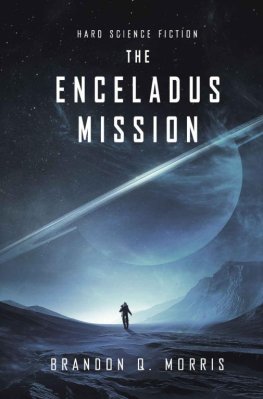




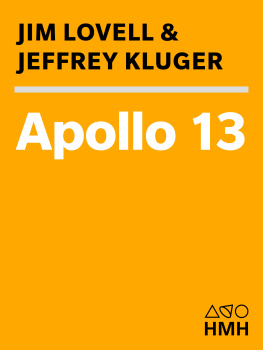
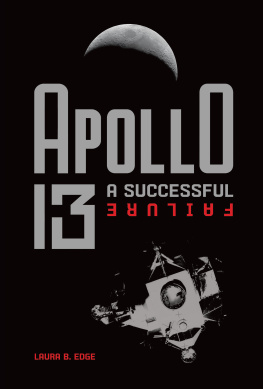
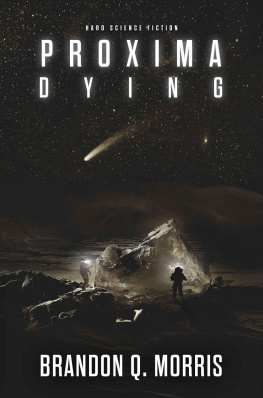
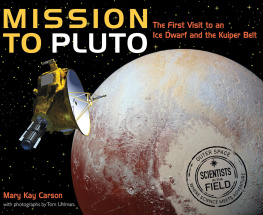
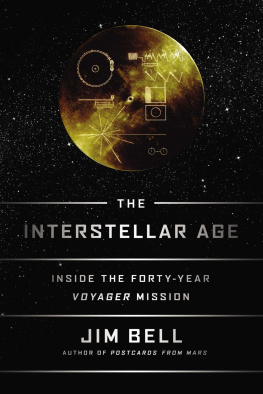

 http://www.hard-sf.com
http://www.hard-sf.com 
